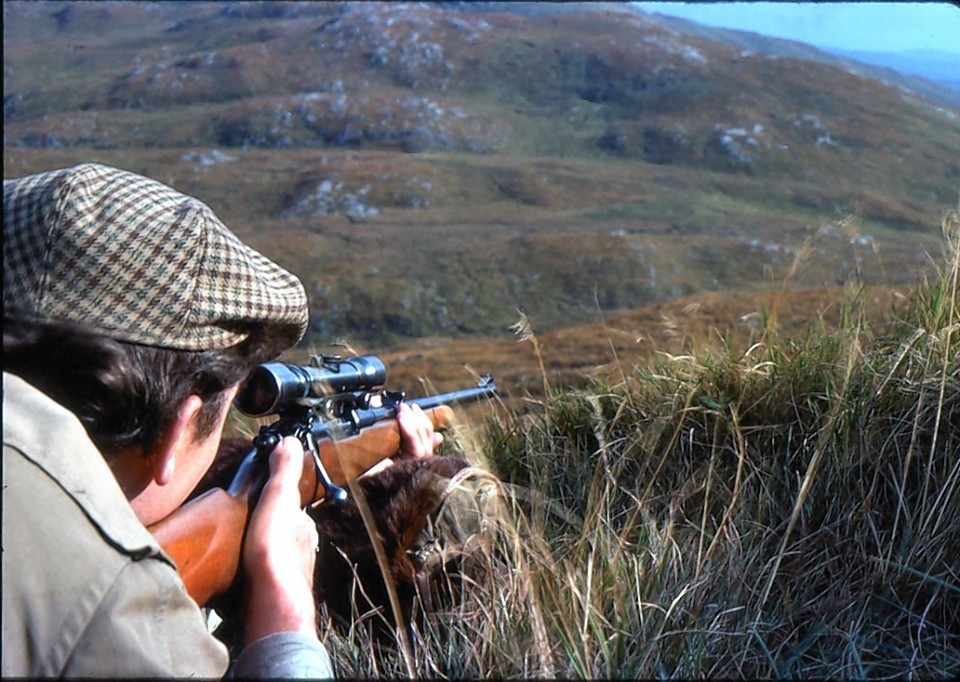A national nature organisation has expanded its service that allows walkers to check if their planned route will interfere with deer stalking on estates.
Scottish Natural Heritage (SNH) has revamped its Heading for the Scottish Hills service to try and reduce the chance of disturbing stag stalking during the peak season from late summer to October 20.
It has redeveloped the website after comments from walkers and land managers, as well as partners such as the Mountaineering Council of Scotland and the Association of Deer Management Groups.
The new service now covers more hills and provides information on specific Munros and Corbetts, and is accessible from mobile and tablet devices.
The service can be accessed at www.outdooraccess-scotland.com/hftsh
It includes general information about stalking on all participating estates and advice about responsible behaviour for land managers and walkers.
Also included are any routes that are “always okay” and general information such as the approximate length of stag stalking and the days of the week when stalking doesn’t take place.
Fiona Cuninghame, SNH recreation and access officer, said: “The web service is a quick way to check that you won’t disturb deer stalking when heading to participating hills between July and October. We hope that you find the service easy to use and would welcome feedback on HFTSH@snh.gov.uk . We expect the service to continue to grow, so if you’re planning a trip and the hills you want to climb aren’t included on the site, it’s worth taking another look nearer the time.”
Andrea Partridge, Mountaineering Council of Scotland access officer, said: ” been closely involved with the Heading for the Scottish Hills website and is delighted to see that the service has expanded and is more accessible. We encourage all hill-goers to check the website during the stalking season and contact the relevant estate if necessary.”
The website helps walkers follow the advice in the Scottish Outdoor Access Code to try and find out where stag stalking is taking place and who to contact if more information is required.
The code also encourages walkers to take account of reasonable advice on alternative routes and to avoid crossing land where stalking is taking place.
